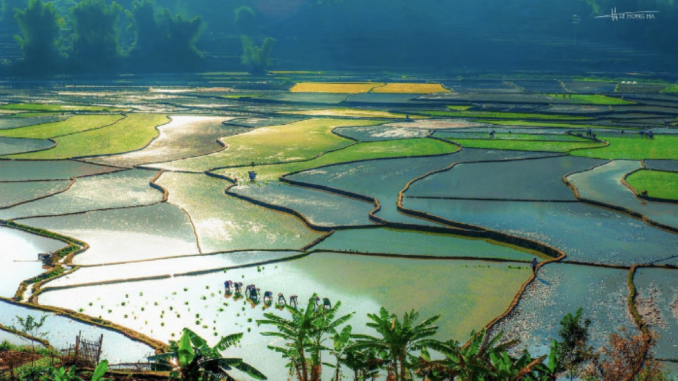
Nestled amidst the towering peaks of Northern Vietnam, Lai Châu (Lai Chau) Province emerges as a hidden treasure for travelers seeking a unique blend of natural beauty and rich cultural diversity. In this blog post, we’ll embark on a journey to discover the allure of Lai Chau, exploring its location, transportation options, weather, top destinations to visit, and the diverse accommodation offerings.
Location
Lai Chau Province is situated in the northwest region of Vietnam, sharing borders with China and surrounded by other picturesque provinces such as Dien Bien, Lao Cai, and Son La. The landscape is dominated by lush valleys, meandering rivers, and majestic mountain ranges, creating a haven for nature lovers and adventure seekers.
Transportation
The best way to get to Lai Chau is by bus from Hanoi. The journey takes about 7 hours. There are also regular buses from other major cities in Vietnam, such as Ninh Binh, Thanh Hoa, and Son La.
Once in Lai Chau, you can get around by bus, taxi, or motorbike. There are also a number of tour operators that offer day trips and overnight tours of the province.
Weather
Lai Chau experiences a diverse climate due to its mountainous terrain. Summers are warm and humid, while winters can be cool and misty, especially in the higher altitudes.
The best time to visit is during the dry season, from October to April, when the weather is more stable, and the landscapes are adorned with vibrant colors.
Top destinations to explore
1. Đỉnh Bạch Mộc Lương Tử (Bach Moc Luong Tu Peak)

Bach Moc Luong Tu, one of the five tallest mountains in Vietnam and Southeast Asia, is located in the province of Lai Chau and is 3,045 meters above sea level. Bach Moc Luong Tu is always difficult to conquer, but it is also rich with charms for intrepid travelers. Bach Moc Luong Tu is not the highest peak, but it is renowned for having the most breathtaking views and the most intriguing mountaintop to explore.
2. Khu bảo tồn thiên nhiên Mường Tè (Muong Te Nature Reserve)
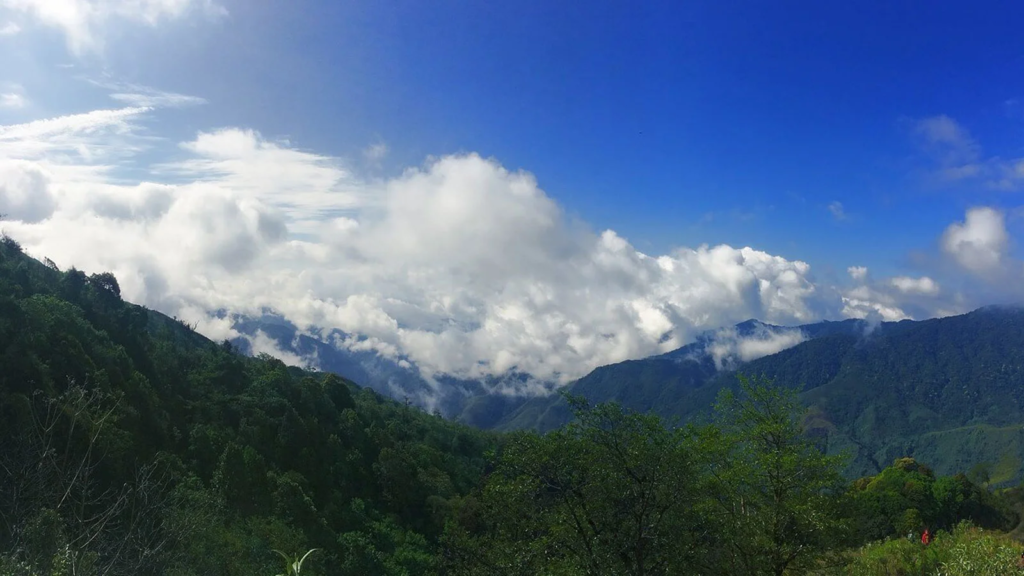
Located in the Ta Tong and Mu Ca communes, which have incredibly diverse and abundant flora, especially in the woodland ecology. There are 542 plant species in the Muong Te district, according to surveys and reports, 57 of which are listed as rare in the Vietnam Red Book and seven in the World Red Book. The majority of these are medicinal species.
2. Động Pu Sam Cáp (Pu Sam Cap Cave)
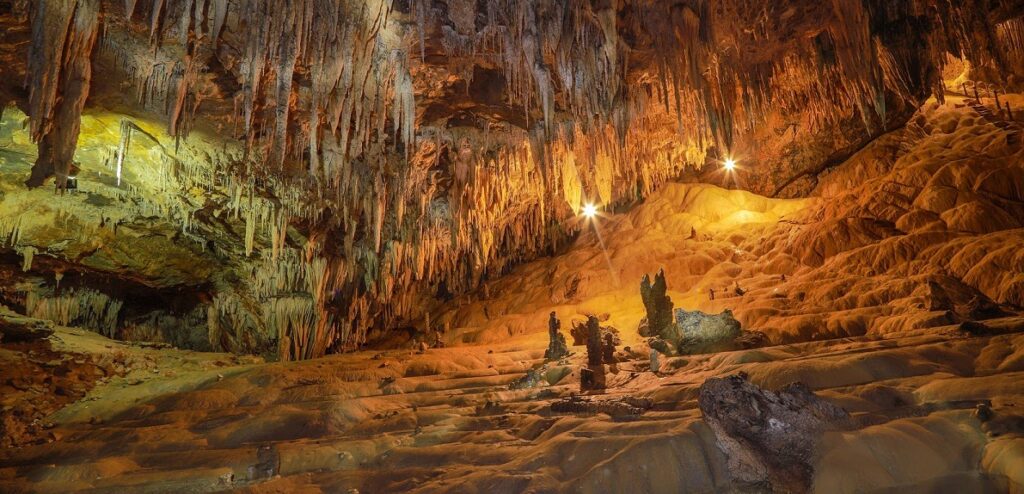
There are two caves in Pu Sam Cap that are currently open to tourists: Thien Mon cave and Thien Duong cave. Both of these caves are home to a number of enchanted and mystifying stalactites that are filled with heartwarming tales of mountain people. All guests are always enticed to visit Pu Sam Cap.
3. Làng Sì Thâu Chải (Si Thau Chai Village)
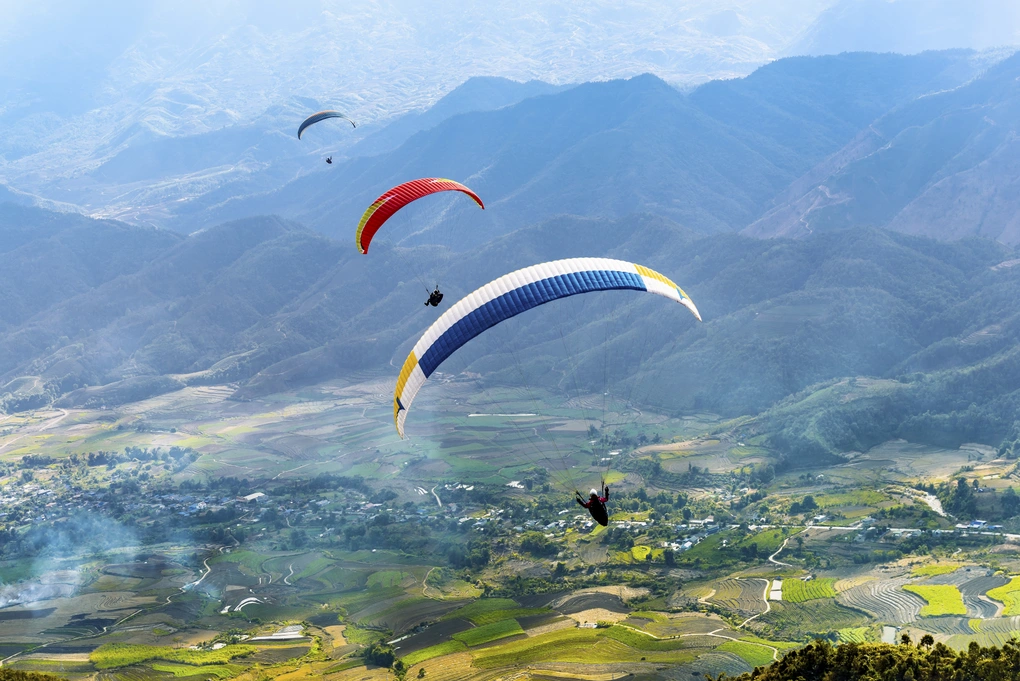
6 kilometers from the heart of Tam Duong’s town. Si Thau Chai hamlet, a small Dao community with about 60 homes, has a lyrical appearance. On overcast days, tourists can interact with the circling clouds in the village. Visit Si Thau Chai to take part in traditional sports, sample ethnic cuisine, and see daily life and production.
Paragliding is an emerging activity in this location recently. Come here and experience this thrilling activity while viewing the nature of Lai Chau province from the sky.
Food
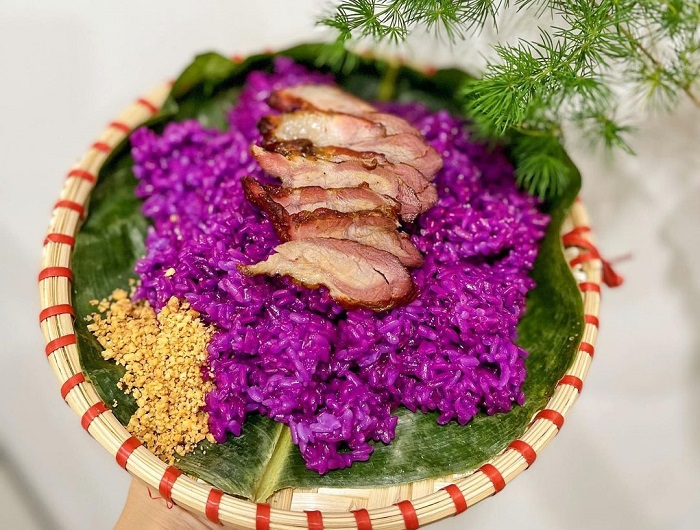
Xôi tím (Purple Sticky Rice): The purple color of this sticky rice is derived from a tree known as “Khau Cam”, and when combined with the flavorful rice, it leaves a lasting impression on people who have tried it.
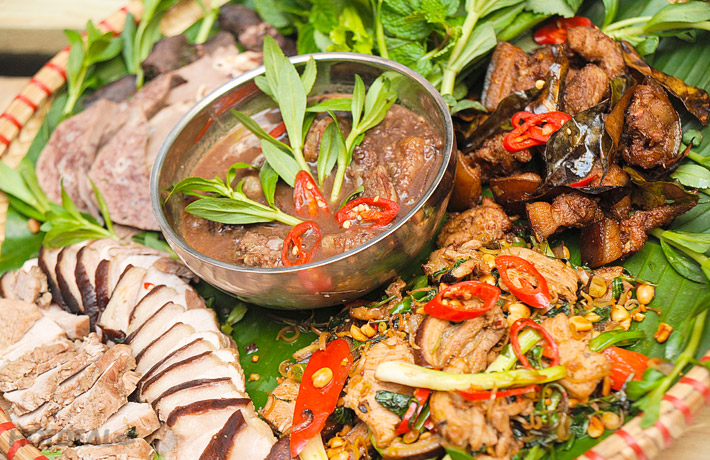
Lợn Cắp Nách (Lửng Pig): The pig species known as “Lợn Cắp Nách” or “Lửng Pig” is only farmed in the highlands, particularly in Lai Chau. They were left in the forest to fend for themselves starting at birth. The ability to find food in the wild allows this species to live. This species’ primary sources of nutrition are the leaves, branches, and roots of forest trees, which accounts for their exceptionally sweet and lean meat.
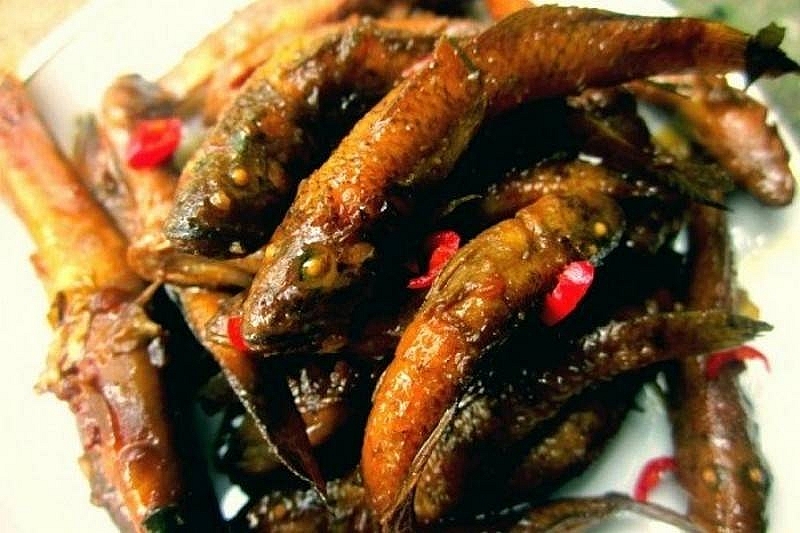
Cá Bống vùi tro (Gobies Burying Ashes): After tasting, you can detect the distinct aroma of mountain flavor, which is expertly complemented with greasy but not fatty goby. Gobies that have been cremated are best consumed over alcoholic sips or with sticky rice.
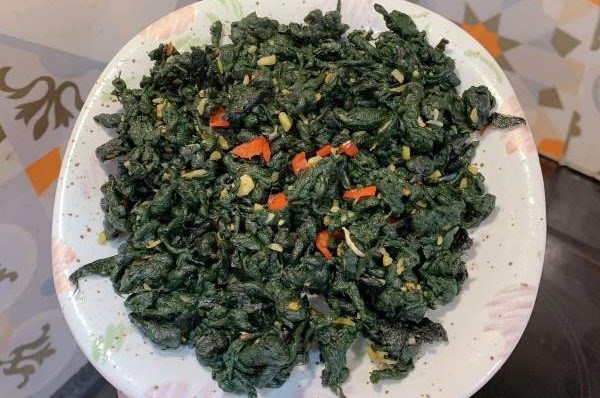
Rêu đá (Rocky Moss): The rocky moss is used to make a variety of delectable foods, such as rocky moss soup, grilled rocky moss, sautéed moss with garlic leaf, and others. It is renowned as an essential in the Thai peoples’ engagement parties in Lai Chau.
Accommodation
– Hoang Nham Luxury Hotel: A 5-star stunning hotel located in the heart of Lai Chau city.
– Muong Thanh Lai Chau Hotel: A 4-star popular hotel located in the center of Lai Chau city.
– Hoang Nham Lai Chau Hotel: A 4-star well-regarded hotel located in the center of Lai Chau city.
– Putaleng Hotel: A 4-star modern hotel located in the center of Lai Chau city.
Lai Chau is a beautiful and diverse province with something to offer everyone. Whether you are interested in exploring stunning natural scenery, learning about traditional culture, or simply relaxing and enjoying the good life, Lai Chau is the perfect place for you. If you plan to visit this beautiful place, don’t forget to apply for a Visa. With the easy and fast Visa procedures, you can travel to Vietnam at any time!